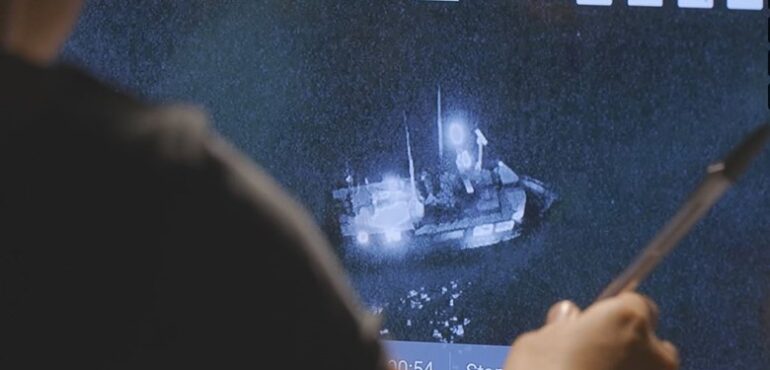Aeromapper Talon Amphibious is used to detect Illegal fishing activity in Costa Rica.
Aeromao Inc. was selected to participate with its water-landing drone technology on a series of flight operations to detect and document illegal fishing activities on Marine Protected Areas in Costa Rica.
The world’s open oceans have proven to be some of the most difficult spaces to effectively govern and protect. The consequences are felt particularly in coastal nations for whom fisheries are a vital source of income and food security for millions. In Central America, for example, Illegal, Unregulated and Unreported fishing (IUU) is rife and, in particular, Costa Rica has struggled for decades with identifying and responding to illegal fishing in its sizeable Exclusive Economic Zone.
Fisheries and Oceans Canada and OceanMind are supporting Costa Rica’s efforts to detect and deter IUU fishing with real-time intelligence support during at-sea patrols.
OceanMind, a non-for profit organization that powers enforcement and compliance to protect the world’s oceans has been working alongside the Department of Fisheries and Oceans Canada with enforcement authorities in Costa Rica and Senegal, and UAV organizations Marble and Aeromao on a project to test this new way of providing extended monitoring, control, and surveillance support. To date, they have conducted over 40 successful test flights in both nations and are continuing to explore how this technology can be used around the world to empower enforcement and compliance to protect the world’s oceans.
Read more about OceanMind: https://oceanmind.global/
About the Aeromapper Talon Amphibious:
it’s a fully autonomous water-landing fixed wing drone exclusively developed by Aeromao Inc., that can be easily hand-launched from a small boat and provides a very wide range of observation to the operators with its dual-camera arrangement. One camera is set to snap high resolution vertical imagery for map-making purposes, while the forward-facing camera allows the pilot to observe the surroundings in high detail from the distance. The ability to use the land and water as a landing strip makes the operators free to fly from almost any location, including small boats, by not depending on any type of landing pad on the boats.
